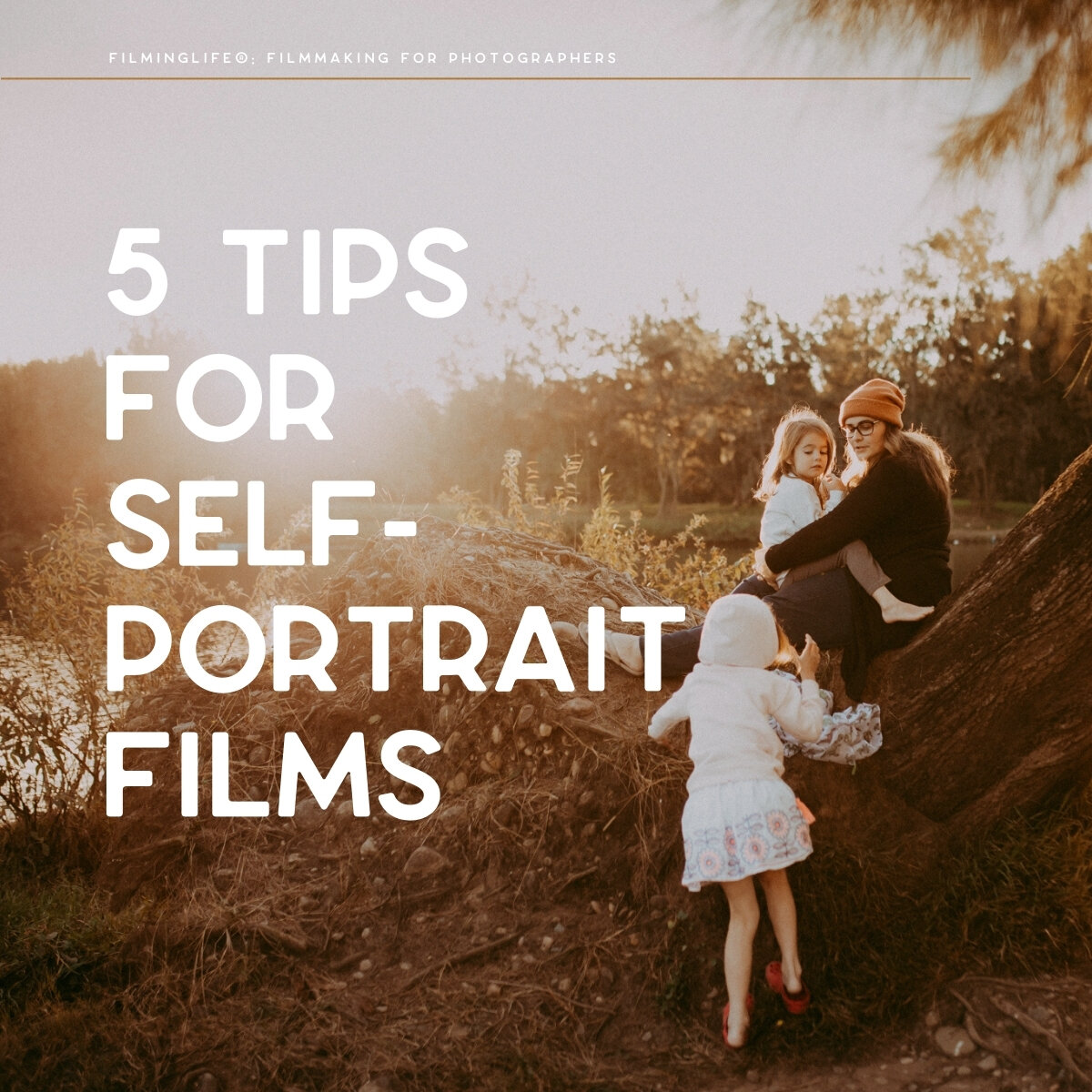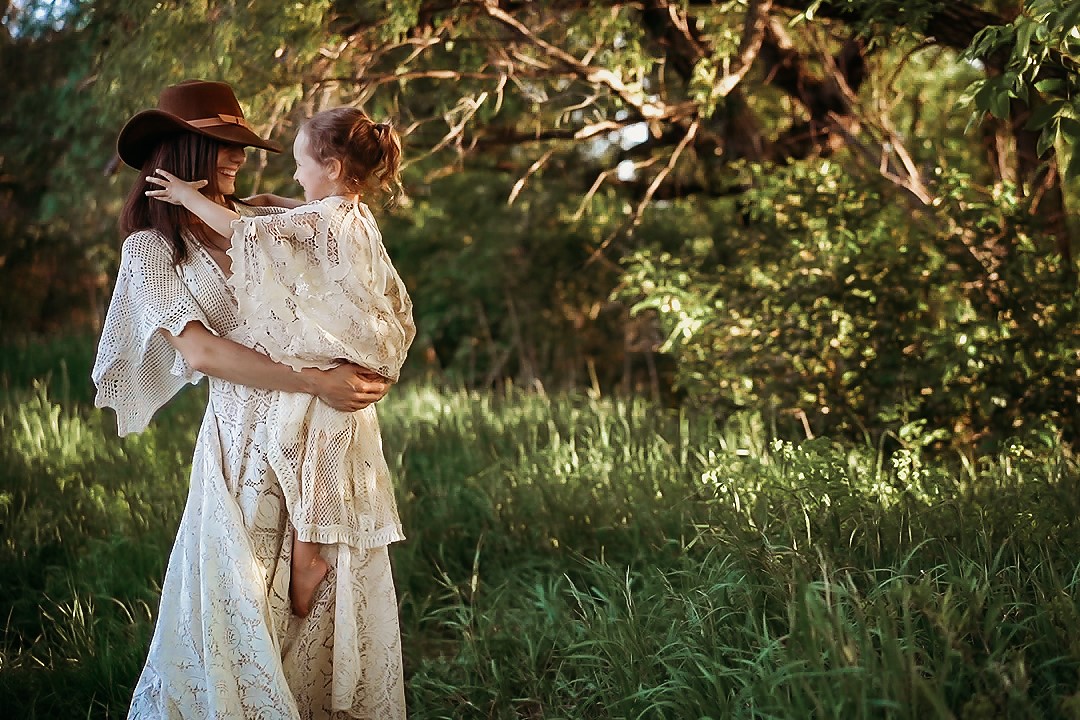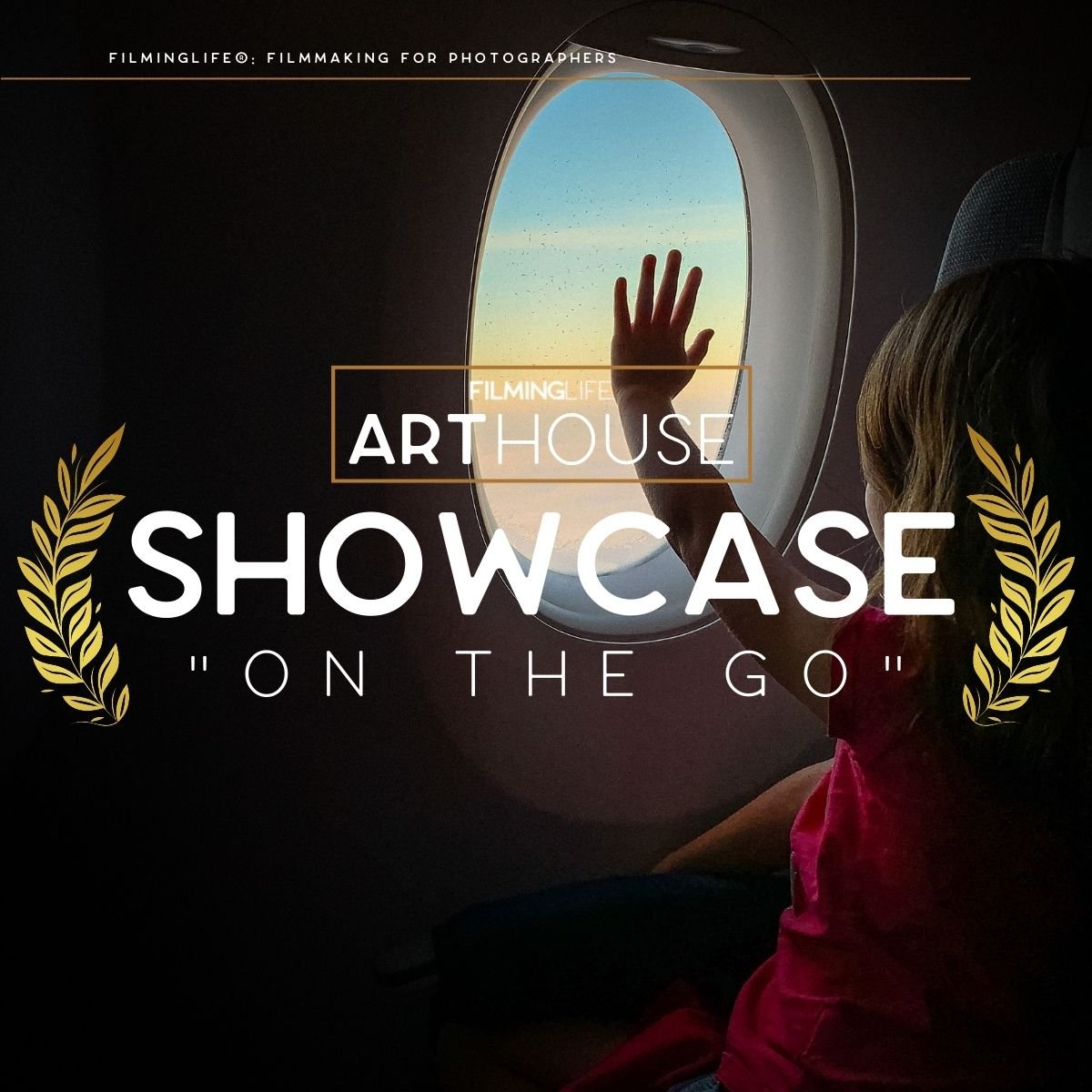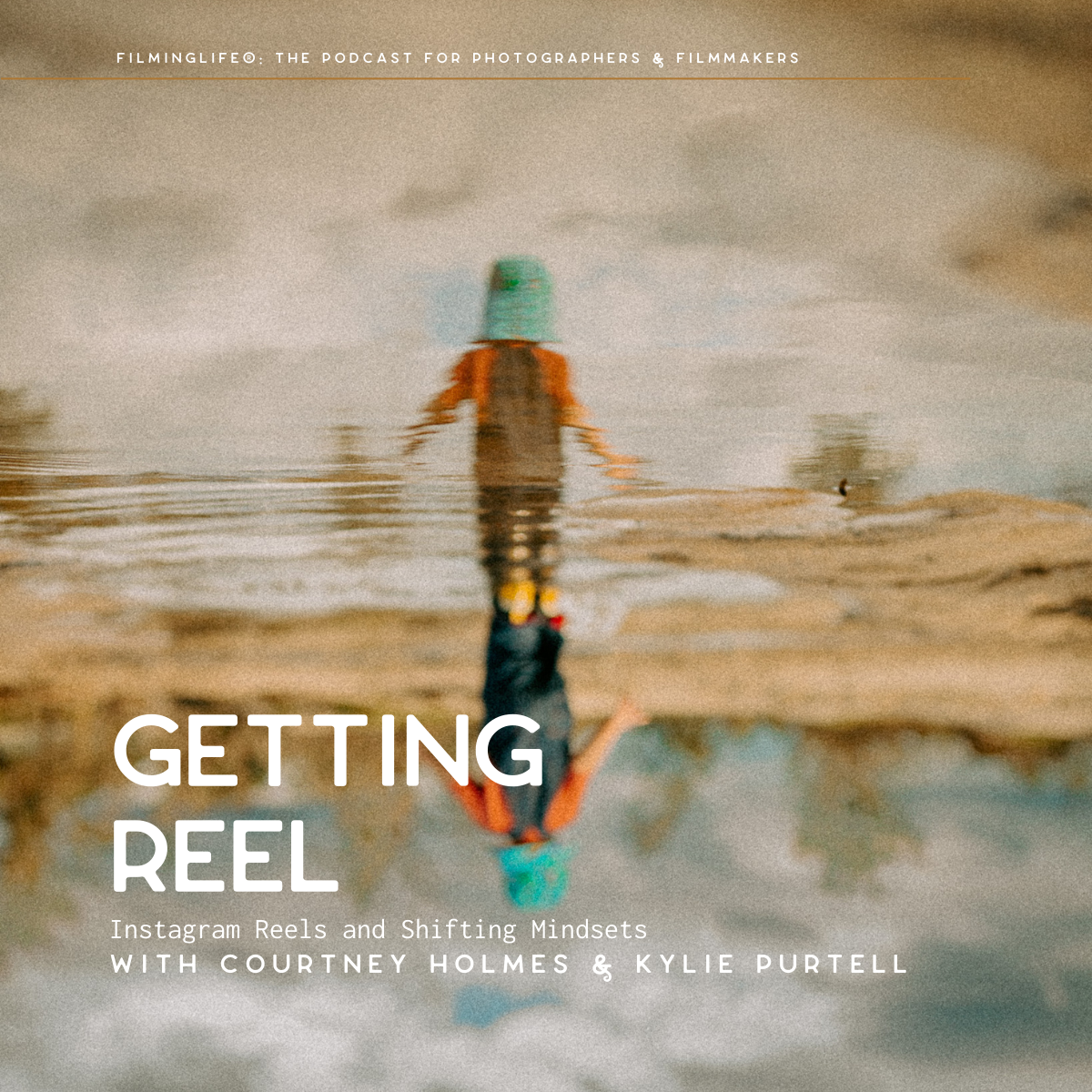5 Tips for Creating a Self-Portrait Film
As photographers, filmmakers and family memory keepers, more often than not we’re behind the camera rather than in front of it. Usually this suits us just fine, but when we’re always the ones holding the camera, there’s an empty space in our family’s photo albums & films that needs to be filled with us.
It can definitely be hard to get yourself in the frame, but it’s just too important not to! Our children, families & loved ones deserve to have photos & films with us in them to look at in the year’s to come, and our stories, and the role we play in the lives of other’s deserves to be documented just as much as their stories do.
Getting yourself in your films can be a daunting prospect, the most daunting prospect of all being the sheer logistics of how to physically make it happen. It can feel like an impossible task, so we asked FilmingLife Academy Educator, and creator of our latest Masterclass ‘Self-Portrait Filmmaking’, Amber Walder for her 5 best tips to help you get started creating your own self-portrait films.
Do NOT let your gear hold you back!
The gear you have (or don't have) will not make or break your success in creating a self portrait film. Sure, there are some camera models or gadgets that may make it a bit easier but essentially, if your camera has the ability to record video, it can record you, too. Having said that, there are a couple of things you might need to make getting in the frame easier… a wide angle lens (think 24mm, 28mm or 35mm), and sturdy tripod (and when we say sturdy we mean it needs to be able to withstand the weight of your gear and not blow over at the slightest breath of wind if filming outdoors).
Use a more narrow aperture
If you don’t have a camera that can auto-focus while filming, or you do but you don’t want the focus jumping around the frame like can happen when using auto-focus, then you may want to consider using a more narrow aperture when you’re in the frame (think f/4.5 - f/5.6). This will give you a larger focal plane to work with, and will help keep you in focus if you move forwards or backwards from where your focus is set.
Get moving!
Movement in films (both movement of the camera and movement of subject) plays a huge role in the visual impact you create. When we’re filming ourselves, our ability to move the camera is limited, so it’s important to make sure that you, as the subject, are moving around within that frame to make up for the lack of movement of the camera itself. If you’re filming outdoors, think about the weather and how something like the wind moving through the trees or grass can add the movement you’re looking for.
I made a film a year ago of my daughter and I, and have wanted to make another for awhile now. I really wanted to capture the "girly"-ness of being a mom to a little girl. She's all about pretty dresses (that spin of course), anything pretty really, and her mama. ;) The song stated what I hoped to show - there's beauty all around us...in the everyday, the mundane... we just have to look around & truly see it.
You can view more of Amber’s work via her website, Facebook & Instagram
Plan your film BEFORE you start filming
As with any film, there is always a certain amount of pre-planning that goes on before we actually get a camera in our hands. When it comes to creating a self-portrait film, this pre-planning is even more important, as you won’t have the flexibility to move the camera around as much as if you had the camera in your hands, and when it comes to editing, you probably also have less clips to work with, meaning that the clips you DO have need be as great as they can be. Take a bit of time to plan your film, think about the location you’re going to film it in, and think about how you can move the camera & tripod around the space in order to capture a good range of shot types & perspectives.
Don’t worry about perfection
When it comes to creating a self-portrait film, or any kind of keepsake film for that matter, the important thing to keep in mind at all times is that ‘Done is better than Perfect’. When you watch these films back in 5, 10, 20 years time you won’t be worried about how you looked, or how technically perfect your film is, all you’ll be thinking is how great it is to have these memories captured and crying because it makes you so happy.
BONUS TIP FROM KYLIE: Recruit an assistant
Make your self-portrait film a family affair and get your kids and/or partner involved. Set your camera up and then hand it over with some basic instructions on how to film. Or better yet, if you have a photographer friend who lives close by, why not spend an afternoon filming each other, or have them capture some clips of you and your kids together. It only takes 20 minutes, and you get to catch up and have some fun while you’re doing it!
When I set out to make this film I had an idea in my head but I wasn't sure exactly how I could make it work. I found a song on Music Bed called Love Letter and decided that I just had to use it to make a film for my girls. The words were just perfect, and expressed how I feel way better than I ever could. When I sat down to start building the film with footage I’d shot over the last 12 months, I realised it was missing something... me.
My beautiful friend Courtney Holmes offered to help me out and record some footage of the girls and I together so that I could use it in this film. As soon as I got it on the computer I knew it was just what it needed.
You can see more of Kylie’s work via her website, Facebook & Instagram







